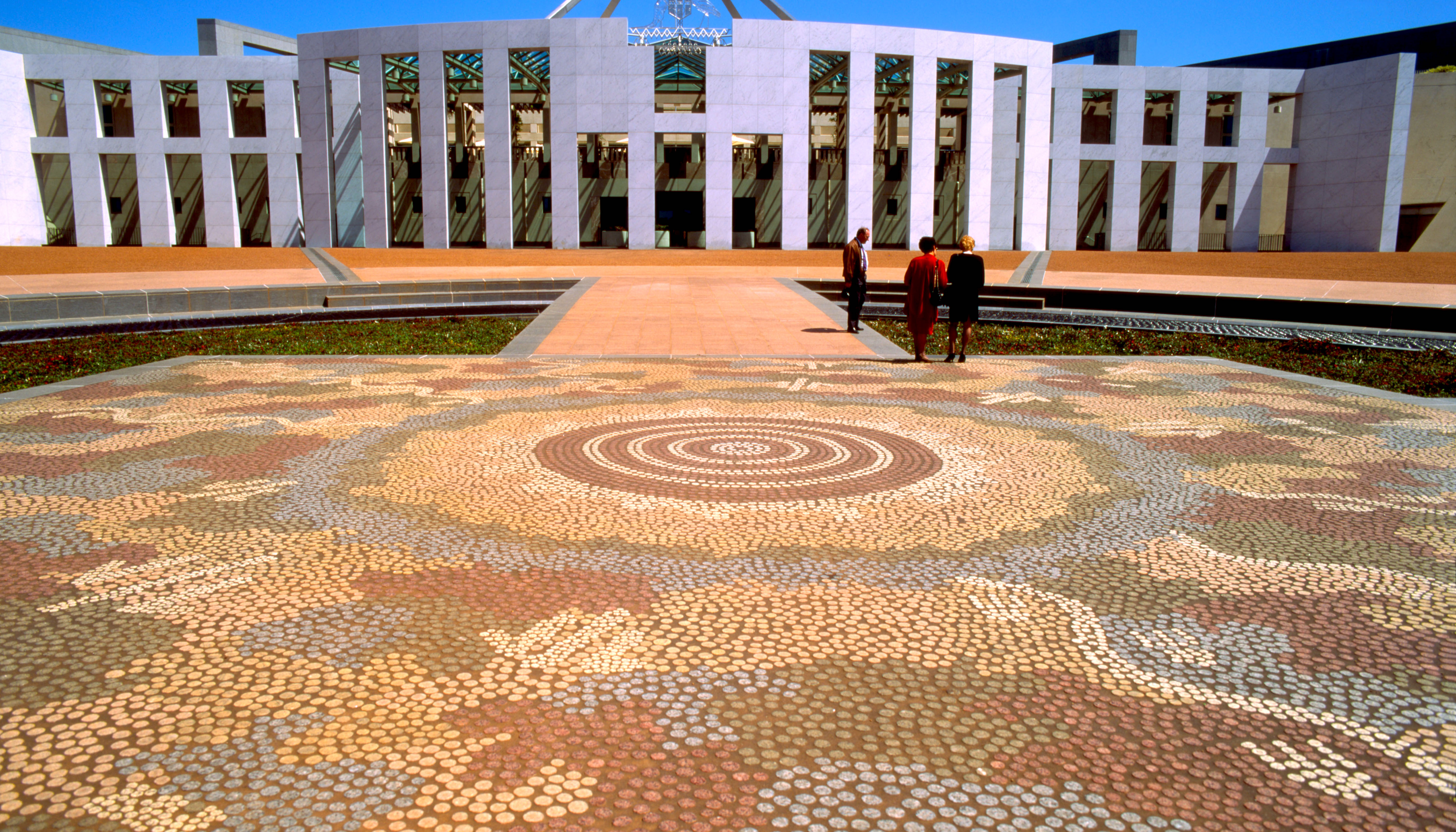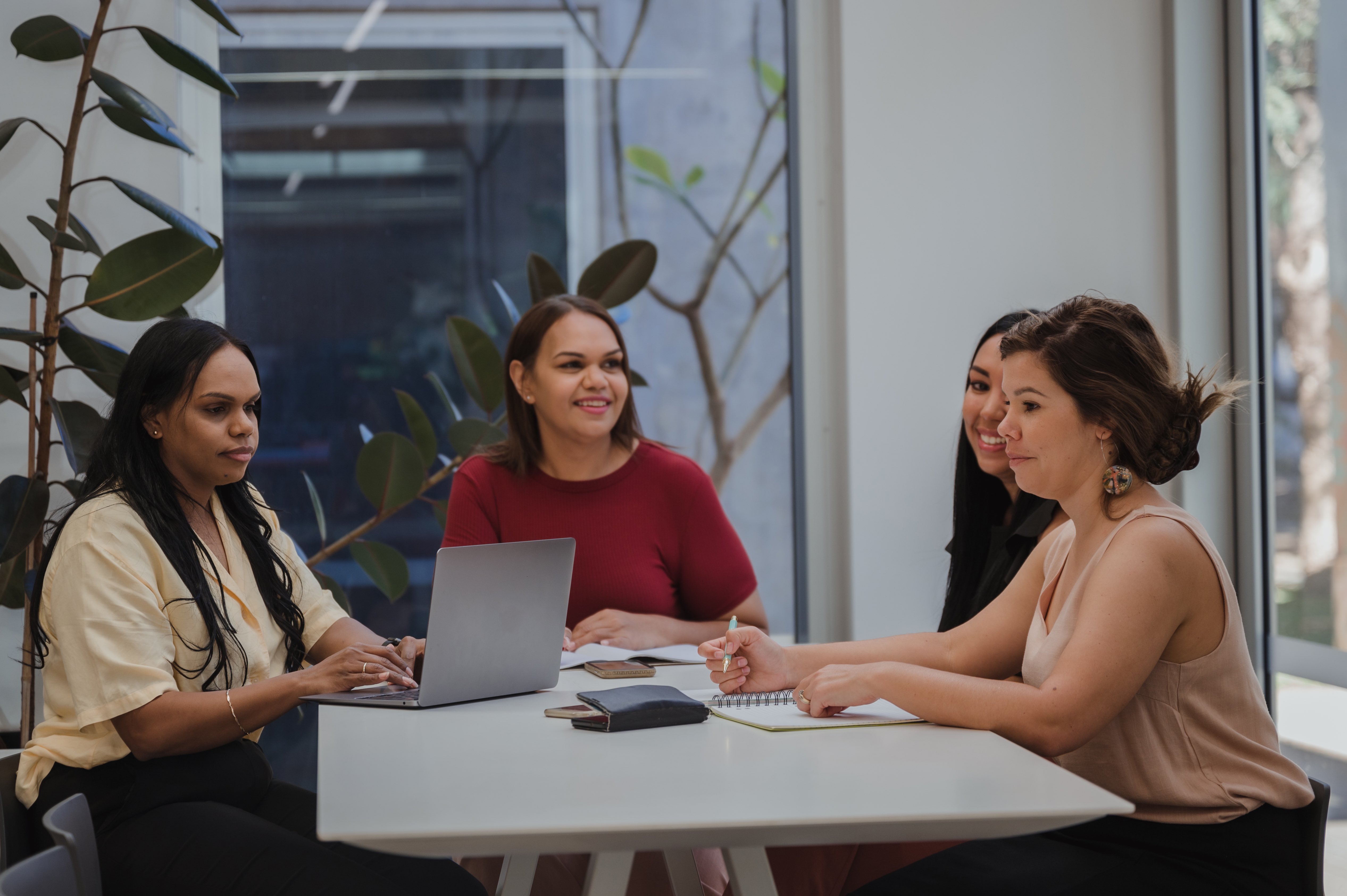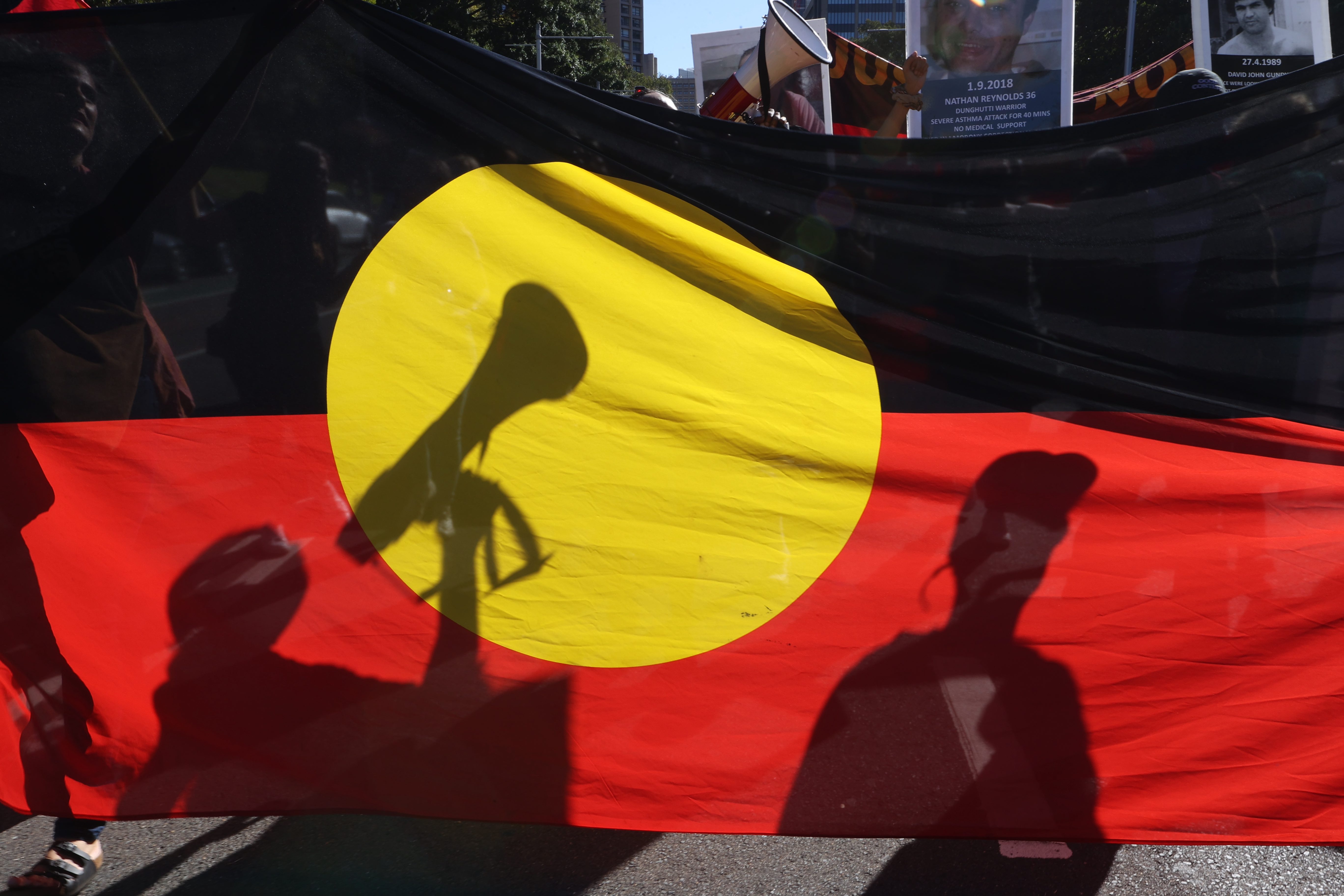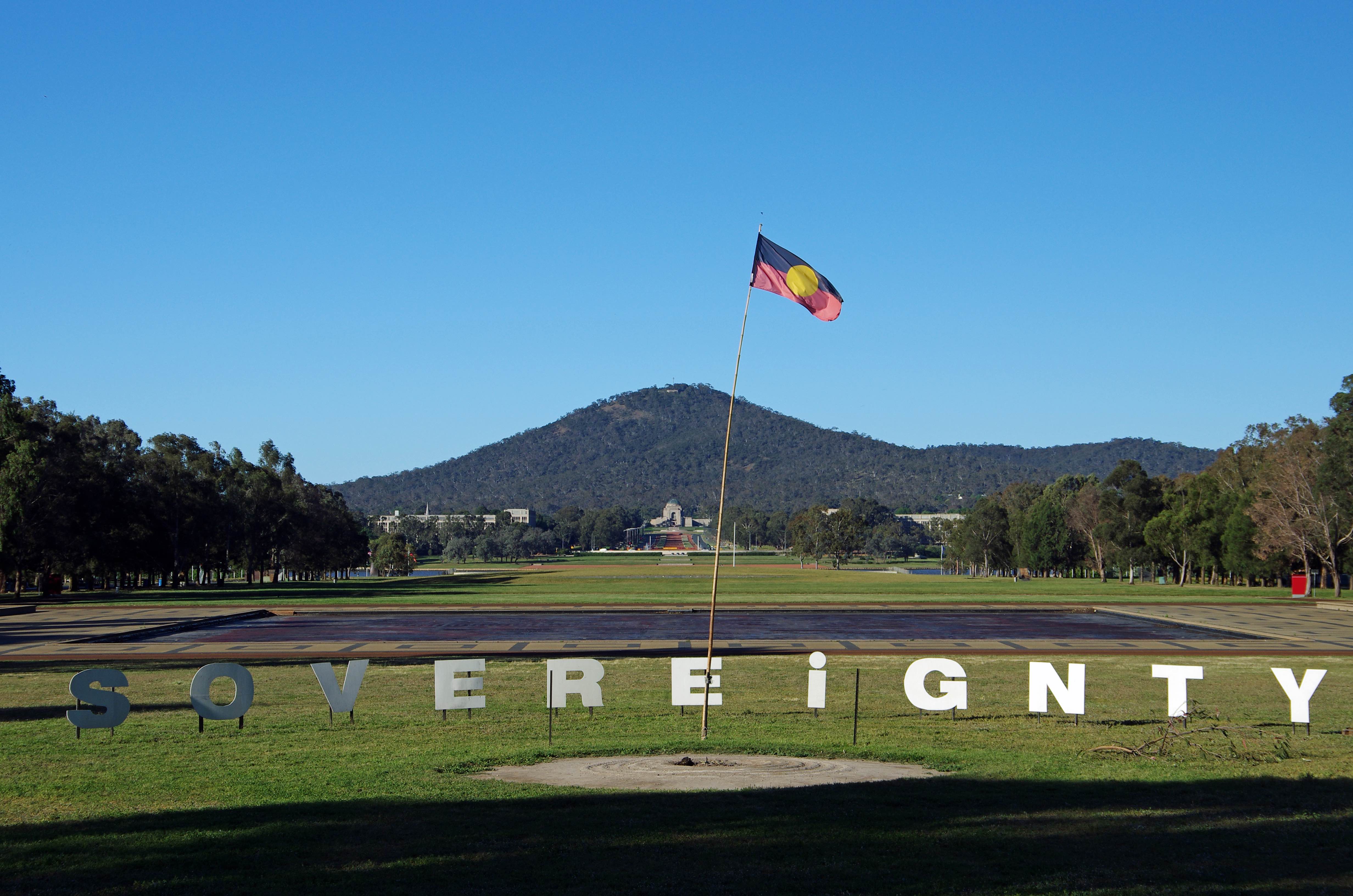
Sciences & Technology
Indigenous knowledge and the myth of ‘wilderness’

Aboriginal people and Torres Strait Islanders must step back into their ancient role as political designers to reimagine relationships and reshape institutions
Published 13 May 2022
We live in an exciting time for Aboriginal and Torres Strait Islander peoples. As Martin Luther King Jr. once said: “Something is happening in our world”.
Six out of eight Australian States or Territories are embarking on a Treaty process, and Commonwealth constitutional recognition has been and remains an important political topic of discussion since the Expert Panel reported in 2012, 10 years ago.

The talent pool of First Nations persons capable of leading these projects is vast and deep.
We are lawyers, journalists, doctors, academics, senior public servants, chief executive officers, small business owners, politicians and parliamentarians.
And yet the intractable problems remain.
We are underrepresented in positions of power and overrepresented in positions of servitude. Over-incarceration is rampant. Half of the children in detention in Australia are Aboriginal.
Youth suicide is endemic to so many of our communities. The housing crisis continues to grow, from Reservoir to Ramingining.

Sciences & Technology
Indigenous knowledge and the myth of ‘wilderness’
If we are embarking on a process of nation building, what is the foundation upon which we are building?
Mary Graham, a Kombumerri and Wakka Wakka person and Adjunct Associate Professor in the School of Political Science and International Studies at the University of Queensland, along with Morgan Brigg, Director of the Rotary Program and Associate Professor in the School of Political Science and International Studies at the University of Queensland, write:
“Reflective engagement with political concepts has been in strikingly short supply in the decades either side of the turn of the millennium. We have drifted along on autopilot, struggling to grapple with climate change, debt-laden economies, bereft neoliberalism and the prospect of post-human futures…
…When searching for wisdom in challenging times, older traditions offer under appreciated perspective. Aboriginal peoples of Australia have produced socio-political order for tens of thousands of years.
Such spectacular timescales and the development of political order through oral culture make Aboriginal Australian peoples political designers.”

We don’t want to offer up more policy solutions to the variety of challenges that we face as a nation regarding our First Peoples.
We’re more interested in the institutional setting that allows these failures to continue to exist and, if anything, perpetuates them to sustain its own privilege.
Aboriginal and Torres Strait Islanders must step back into their ancient role as political designers when engaging in national building projects like the negotiations of treaties or constitutional change.
In particular, how we structure our representative bodies and invest them with cultural authority is paramount.

Sciences & Technology
Leaving no one behind
The now sadly defunct National Congress of Australia’s First People was the first corporate body to mandate gender equality amongst membership of the board.
In our view, this was neither novel or new. It was simply codifying cultural practice – equality between the sexes – that had formed an important basis for our culture over centuries.
The way in which we constitute ourselves, whether as traditional owners or based on artificial boundaries like State or Commonwealth lines, must be grounded in culture.
That doesn’t mean that culture is static rather than fluid.
We, like any culture, evolve.

It isn’t only our own institutional and representative bodies that must be invested with cultural authority.
We must begin to transform our general institutional settings in this country to invest them with indigeneity.
Aboriginal and Torres Strait Islanders have shown, over millennia, how to survive on this landscape as self-governing societies.
What are the key lessons we can learn for our own political and extra-political structures?
For example, how do we engage young people politically and how might we learn from Aboriginal concepts of structured and continuing initiation into positions of leadership?

Business & Economics
The power of the Indigenous business sector
One of the most difficult institutional settings that must be reframed and renegotiated with Aboriginal people as political designers is the Land Question.
If, as Mary Graham and Morgan Briggs have described, Country is “sentient landscape”, and that all Aboriginal political concepts are grounded in Country, we must begin to consider anew how land in Australia is understood, owned, leased, mined, bought and sold.
It is no longer sufficient to acknowledge the distinctiveness and depth of feeling for Country that Aboriginal and Torres Strait Islanders have, only in the abstract.
We must no longer accept the pittance of the redemption represented by native title and land justice mechanisms that confirm dispossession, as important as the rights asserted under those processes are for Aboriginal communities.

Proof of how far we have come – or not – is shown by the destruction of Juukan Gorge.
Our nation building task will be too narrow, too short-sighted, if we give in to assimilationist tendencies that we as a culture and peoples have been brainwashed with and must resist.
We are building a nation, not begging to be let in to one already created.
Diversity and inclusion transforms spaces and decision making for the better; that is undoubtably true.

Politics & Society
Safeguarding our shared cultural heritage
But our nation building task cannot be confined to a desire to participate in the institutional structures that perpetrate violence on our bodies and communities.
It must be to remake those structures more in our own image and promote radical co-existence in Australia.
We won’t be able to build sustainable institutional change if we don’t attempt to eliminate institutional and individual racism.
Racism kills, it maims, it destroys and it is pervasive in Australia.

Nothing else can explain the fact that half of children in detention in this country are Aboriginal or Torres Strait Islander. Nothing else can explain the booing of Adam Goodes.
Positive self-expression, and the reassertion of the power and strength of Aboriginal identity, is a powerful weapon against the limits that racism attempts to impose on us.
In all corners of Australia, positive self-expression comes to life in a myriad of ways – from marches down Swanston Street, to the work of Ilbijerri and Bangarra and so many other of our arts companies, to the beautiful work that extends right throughout our country to tell our stories, to share our hopes, to express our children’s dreams.
It is something that can only give life to the change required in our institutional settings and structures and defeat the racism that we all hope disappears in order to turn to a better future for all Australians.

Politics & Society
Real action needed on Aboriginal deaths in custody
The best answers to these entrenched problems will come from conversation, negotiation and co-design, not government decree.
Tim Goodwin is a Yuin man and prominent barrister at the Victorian Bar. He practices primarily in commercial and public law. This article is based on a lecture he presented at the launch of the Indigenous Law and Justice Hub (ILJH) at Melbourne Law School and was developed as an article by ILJH’s Jaynaya Dwyer.
You can view the full lecture on the ILJH’s website. And read more about the Indigenous Law and Justice Hub’s work on our website.